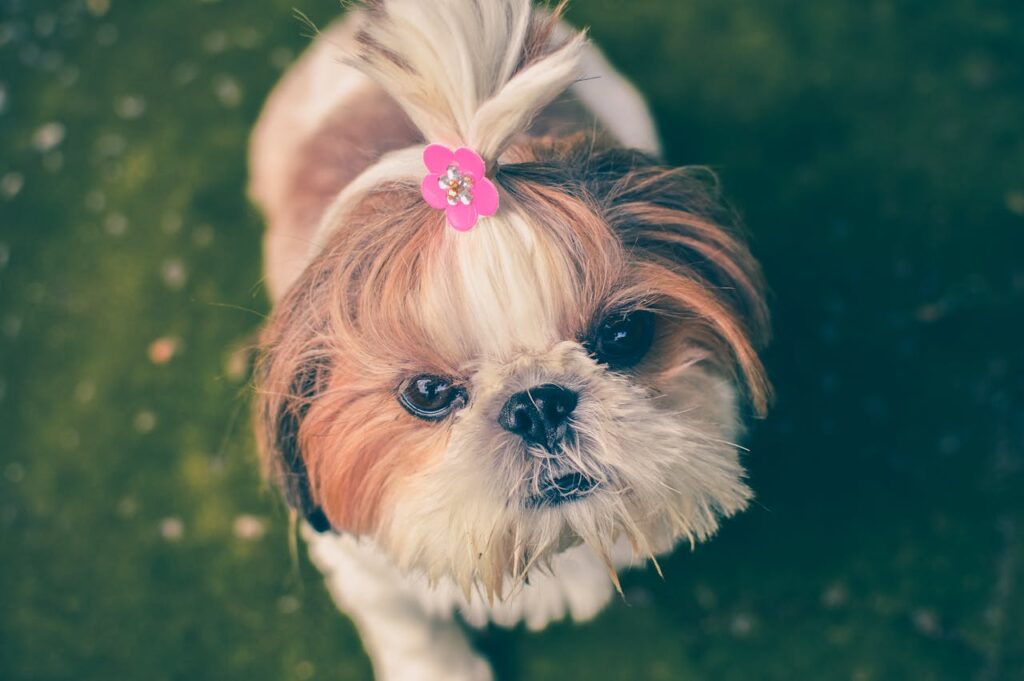As the seasons shift, so do the grooming needs of our canine companions. Just like humans adjust their skincare and wardrobe throughout the year, dogs benefit from tailored grooming routines that reflect changes in weather, humidity, and activity levels. Whether your dog has a thick double coat, a sleek short coat, or curly fur, understanding how seasonal changes affect their grooming needs is essential for maintaining coat health and overall comfort.
Understanding Coat Types and Their Needs
Dogs come in a wide variety of coat types, each with its own grooming requirements. Double-coated breeds like Huskies and Golden Retrievers have a dense undercoat that sheds seasonally, while single-coated breeds such as Boxers or Greyhounds have less shedding but still require regular maintenance. Curly-coated dogs like Poodles and Bichon Frises need frequent brushing to prevent matting, and wire-coated breeds like Terriers benefit from hand-stripping or specialized grooming techniques.
Knowing your dog’s coat type is the first step in creating a seasonal grooming plan. This helps you anticipate shedding cycles, adjust bathing frequency, and choose the right grooming tools for each time of year.
Spring: Shedding and Allergy Management
Spring is a transitional season when many dogs begin to shed their winter coats. This is especially true for double-coated breeds, which can lose large amounts of fur as temperatures rise. Regular brushing during this time helps remove loose hair and prevents it from accumulating in your home or forming mats on your dog’s body.
Spring also brings an increase in allergens like pollen and mold. Dogs that spend time outdoors may carry these particles in their fur, which can trigger allergies in both pets and humans. Bathing your dog with a gentle, hypoallergenic shampoo can help reduce allergen buildup. Pay attention to the paws and underbelly, where pollen tends to collect after walks or playtime in grassy areas.
Summer: Heat Protection and Skin Care
In summer, grooming routines should focus on keeping dogs cool and comfortable. While it may be tempting to shave a long-haired dog, this can actually expose them to sunburn and reduce their natural insulation. Instead, opt for regular brushing to remove excess undercoat and improve air circulation through the fur.
Hydration and skin care are also important during hot months. Dogs can develop dry or irritated skin from sun exposure, swimming, or increased bathing. Use moisturizing shampoos and conditioners designed for dogs, and avoid over-bathing, which can strip natural oils from the coat. For breeds that enjoy water activities, rinse thoroughly after swimming to remove chlorine or salt that can damage the coat.
Fall: Preparing for the Cold
As temperatures begin to drop, dogs start growing their winter coats. This is a good time to increase brushing frequency, especially for breeds with thick or long fur. Removing dead hair helps new growth come in evenly and prevents matting.
Fall is also a season when fleas and ticks may still be active. Regular grooming allows you to check for parasites and apply preventative treatments as needed. Pay close attention to areas like the neck, ears, and tail base, where pests tend to hide.
Professional grooming services can be especially helpful during seasonal transitions. Providers offering dog grooming in Deland and other areas often tailor their services to meet the changing needs of pets throughout the year. Whether it’s a de-shedding treatment in spring or a moisturizing bath in summer, these experts help maintain coat health and comfort across all seasons.
Winter: Protection and Maintenance
Winter grooming focuses on maintaining coat integrity and protecting against the elements. Dogs with long or thick coats may need less frequent bathing, but regular brushing remains important to prevent tangles and distribute natural oils. For short-haired breeds, consider using a dog-safe balm on exposed skin areas like the nose and paw pads to prevent cracking from cold and dry air.
Indoor heating can also affect coat and skin health. Dry air may lead to flakiness or itchiness, so using a humidifier and choosing grooming products with added moisture can help. If your dog wears winter gear like coats or boots, make sure these items are clean and properly fitted to avoid rubbing or irritation.
Tailoring Grooming to Your Dog’s Lifestyle
Beyond seasonal changes, your dog’s lifestyle plays a role in grooming needs. Active dogs that spend a lot of time outdoors may require more frequent baths and coat checks, while indoor dogs might need less intensive grooming. Age, health conditions, and breed-specific traits also influence how often and how thoroughly your dog should be groomed.
Creating a grooming calendar that aligns with both the seasons and your dog’s habits can simplify care and ensure consistency. Include reminders for brushing, bathing, nail trimming, and professional grooming appointments. This proactive approach helps prevent issues before they arise and keeps your dog looking and feeling their best year-round.
Conclusion
Seasonal grooming is a vital part of your dog’s health and well-being. By understanding your dog’s coat type and adjusting care throughout the year, you can prevent discomfort, reduce shedding, and support skin health. Whether you handle grooming at home or rely on professional services, staying in tune with seasonal needs ensures your dog remains happy, healthy, and ready for every adventure the year brings.






